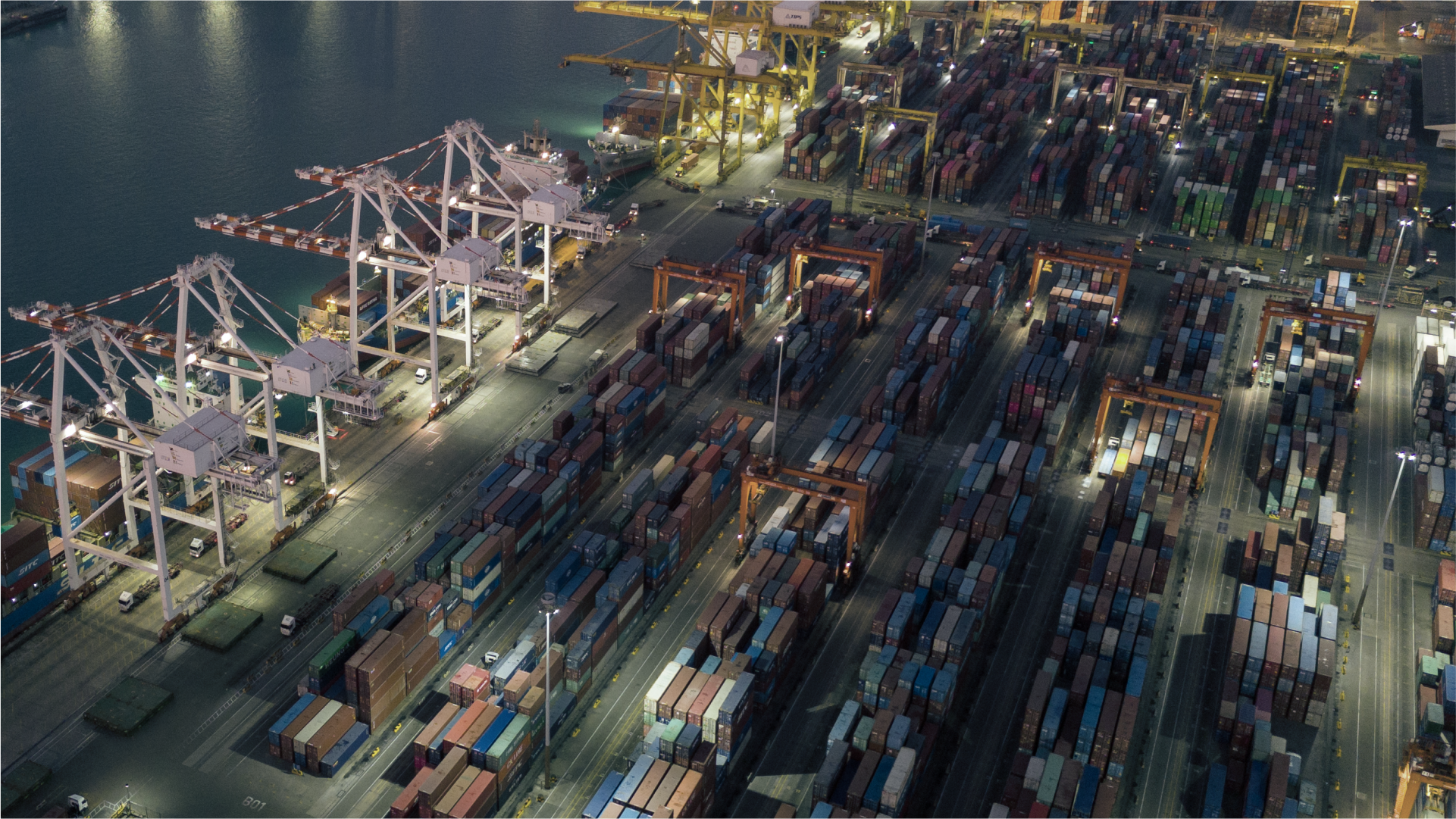Redrawing the Map: How Tariffs Are Rewriting Apparel Trade Routes

In recent weeks, a wave of new US tariffs on Chinese imports—especially apparel and footwear—has sent ripples across the global logistics landscape. While headlines have focused on rising costs for retailers and consumers, the impact on freight forwarding operations is just as critical, with shifts already visible in booking trends and carrier strategies.
At Freightlead, we are closely monitoring how these evolving trade dynamics are affecting international cargo flows, especially across the trans-Pacific corridor. According to industry analysts, apparel and accessory bookings from China to the US have dropped by nearly 60%, signaling a sharp pivot in sourcing and shipping behaviors. This contraction isn’t just about price sensitivity—it’s a direct response to the uncertainty surrounding the trade environment.
The ripple effect is evident: some shippers are pulling orders forward to avoid looming tariff costs, while others are diverting production to alternative manufacturing hubs such as Vietnam, India, or Bangladesh. This diversification is creating new routing challenges and congestion points that freight forwarders must adapt to swiftly.
At the same time, the renewed call for domestic manufacturing—especially in sectors like textiles—presents long-term implications for international logistics. While reshoring may reduce reliance on global routes over time, the near-term reality is increased volatility, fragmented volumes, and shifting demand across key trade lanes.
For freight forwarders, flexibility and foresight are more important than ever. Navigating sudden schedule changes, rerouting around emerging chokepoints, and optimizing for cost-efficiency despite uncertainty have become core priorities. Real-time visibility tools, diversified carrier networks, and proactive customs strategies are no longer luxuries—they are necessities.
At Freightlead, we are committed to helping our clients stay ahead of the curve. Whether you’re adjusting your sourcing model or reevaluating your freight allocation, our team is ready to provide data-driven insights and agile logistics solutions tailored to this evolving environment.
The road ahead may be unpredictable—but together, we can stay one step ahead.
